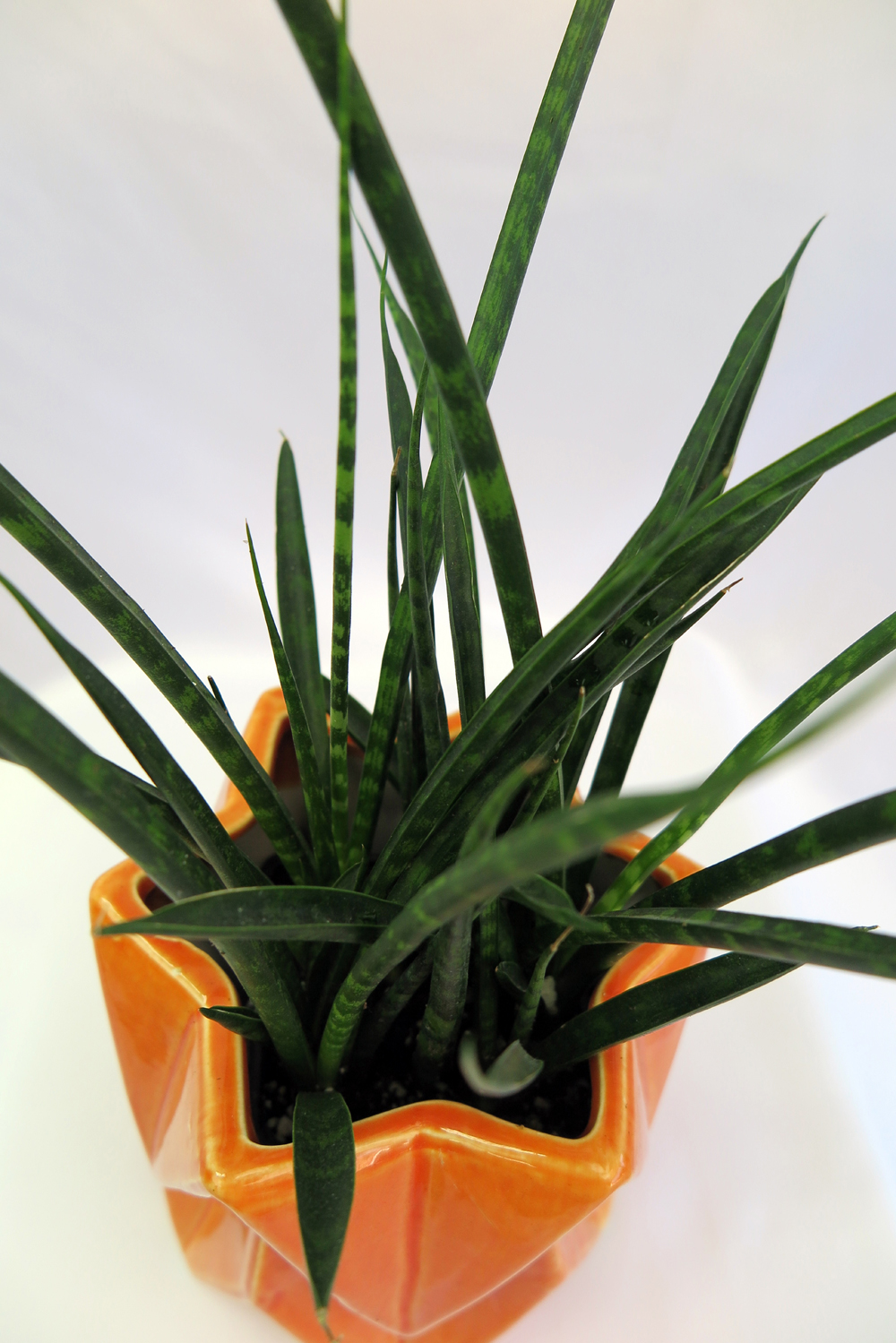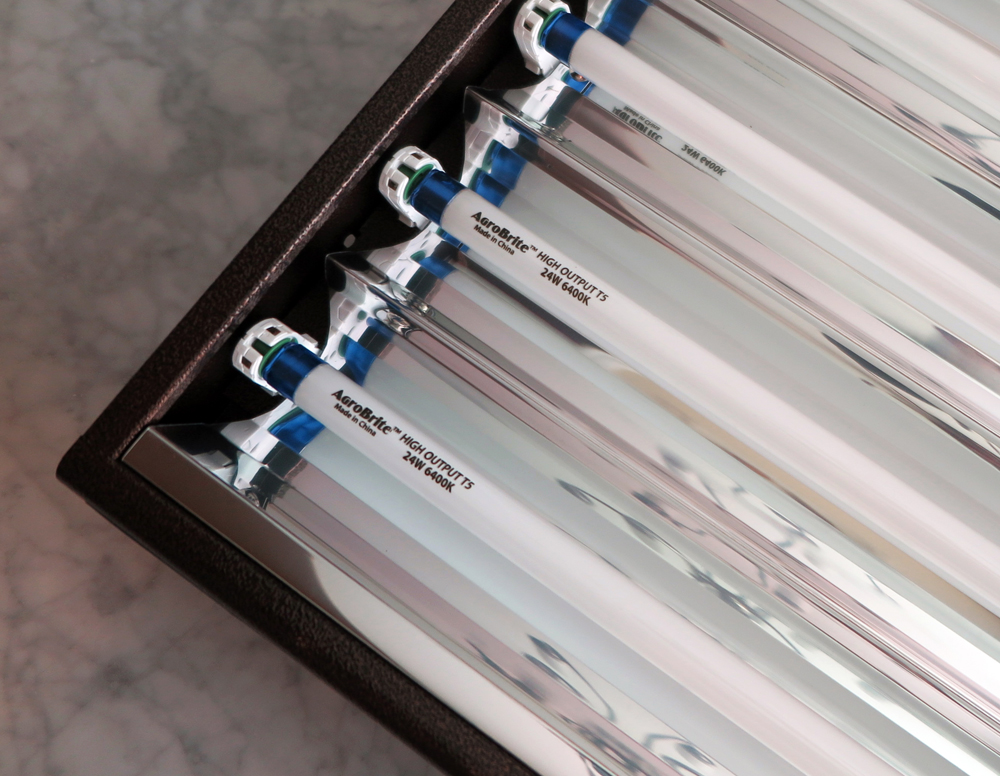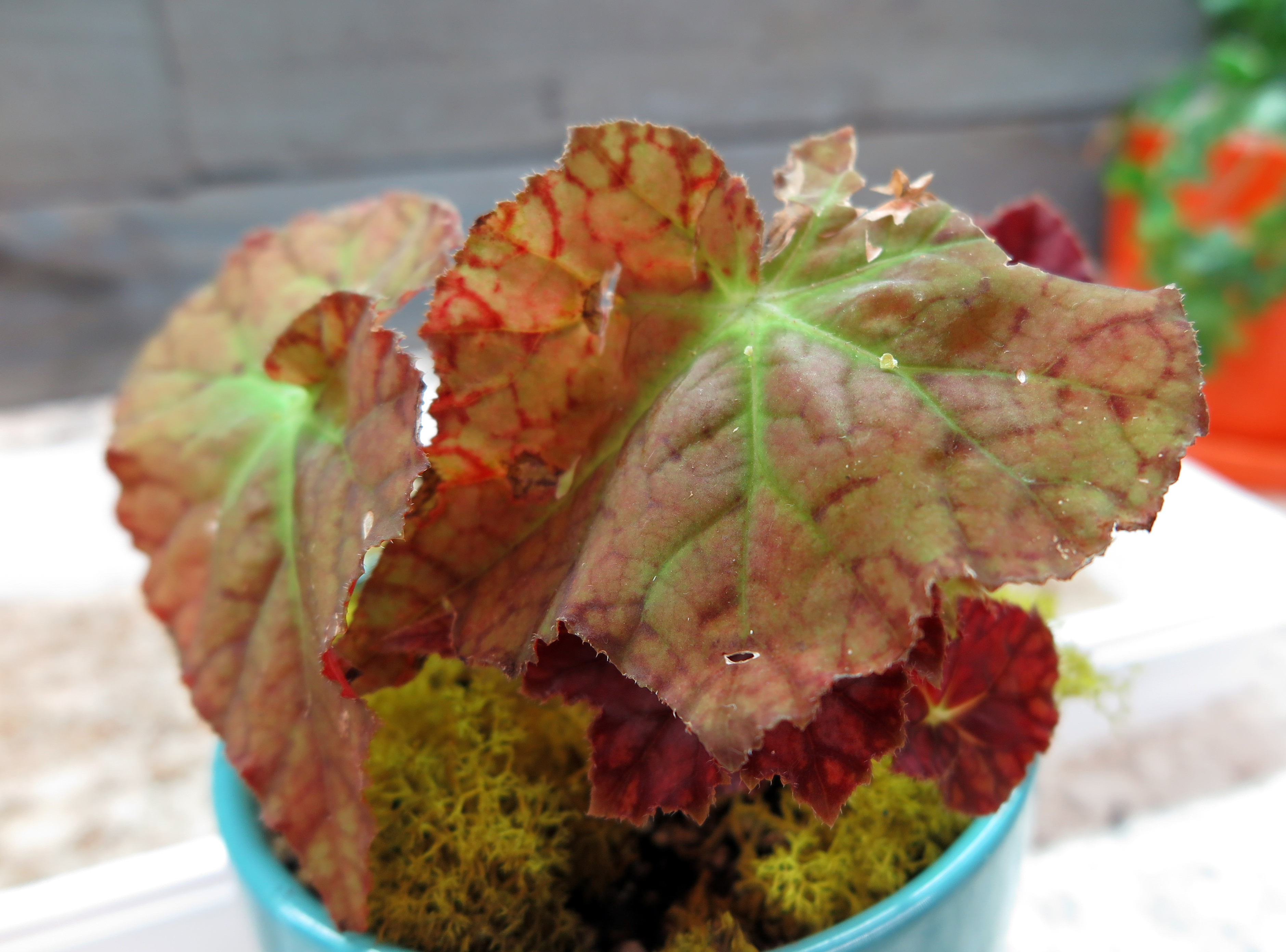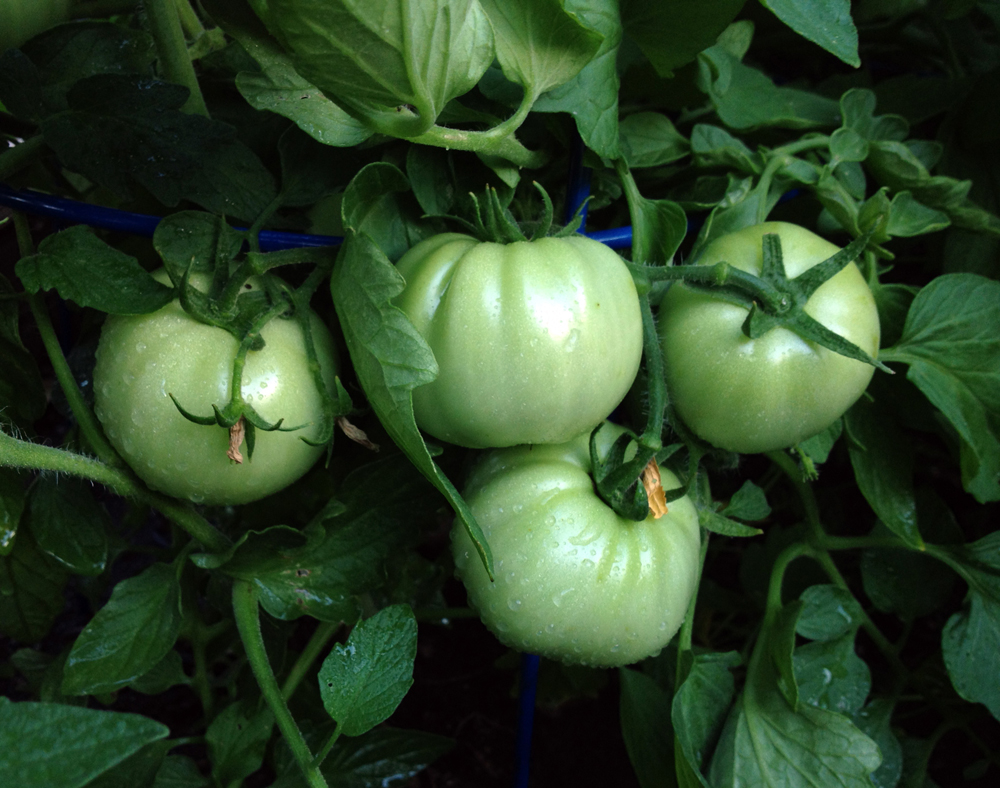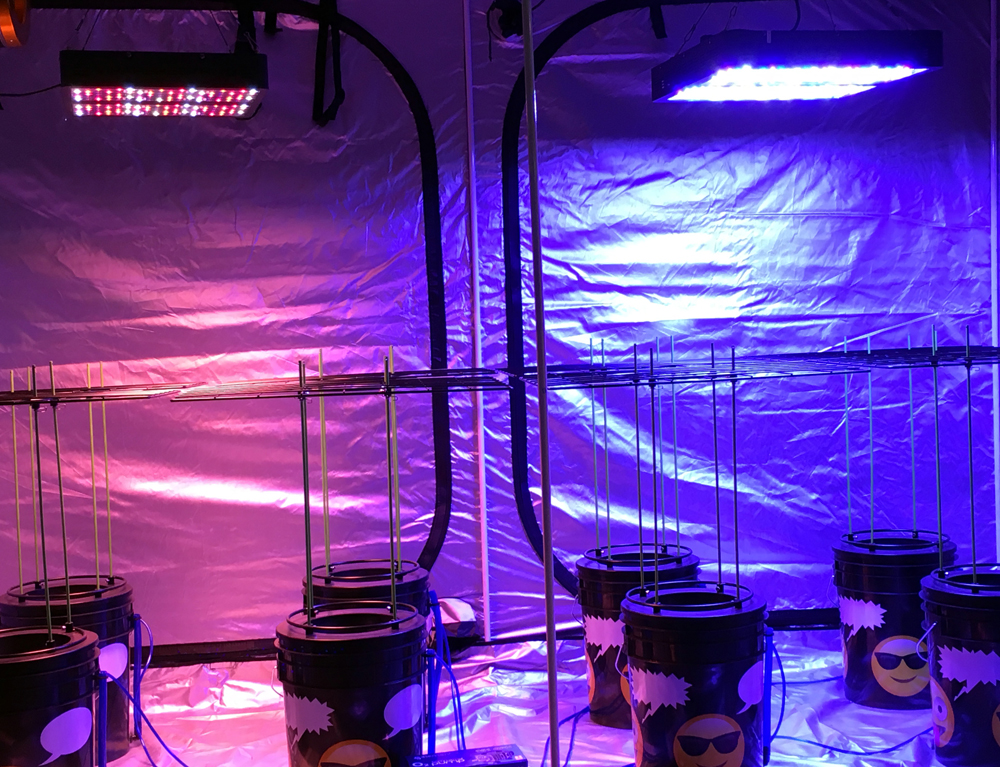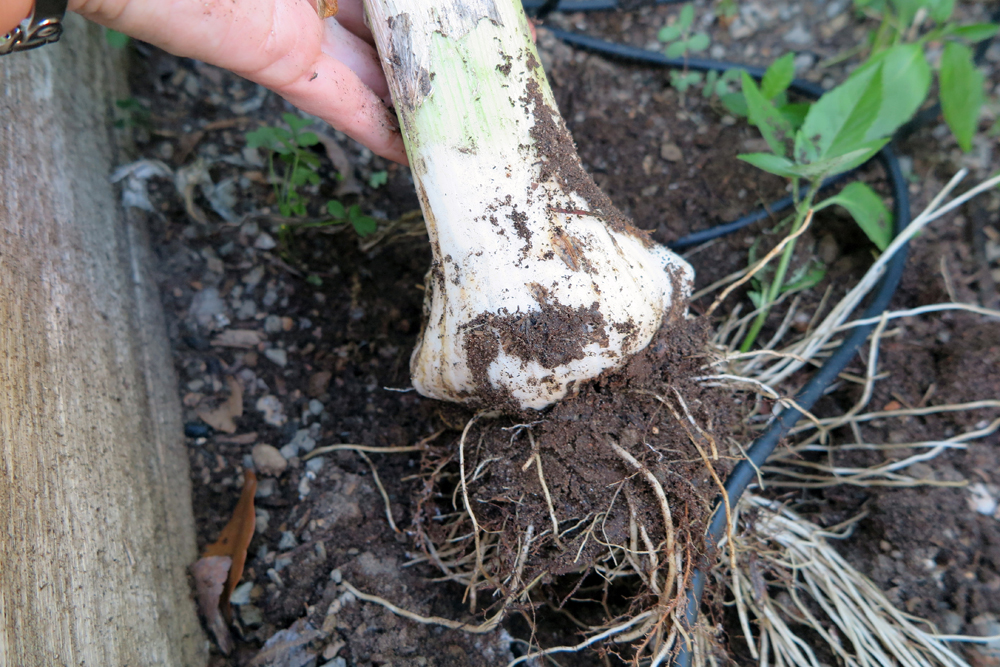Catteleya Orchids Require Short Days to Flower
December 2, 2018
A few orchid species require short-day photoperiods in conjunction with cool temperatures to flower, such as some species of Cattleya, Dendrobium, and potentially some species of Phalaenopsis.

Catteleya orchids are large specimens that love a cool spot.
PC: Leslie F. Halleck
For these types, you’ll need to combine cooler temperatures and shorter daylengths from midfall through winter, then lengthen your lighting period again in spring.
New BOOK! Gardening Under Lights: The Complete Guide for Indoor Growers

